Are your students struggling with blending?
Or are you looking for some new, fun ideas to practice blending?
Or maybe you’re not sure how to teach blending at all?!
You’re in the right place! Today’s post has 5 tips to help your students learn to blend.
Blending is a super-important reading skill, and these strategies will help your students become stronger readers!
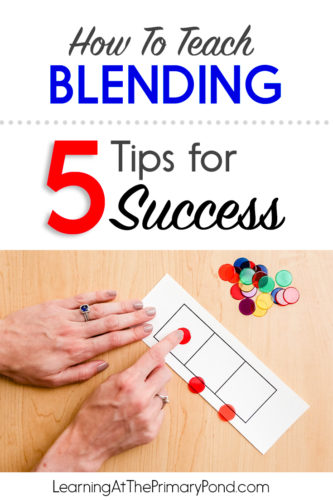
Before we get started, let’s get clear on what blending is.
Blending can refer to a student’s ability to merge three sounds together and come up with a word (no alphabet letters involved). Example: You say /h/ /a/ /t/, and a child says “hat.”
Blending can also refer to a student’s ability to say each sound in a written word and blend the sounds together. Example: A child sees the word “gum” and says “/g/ /u/ /m/ — gum.”
Tip #1: Focus on phonological awareness first.
Let’s think about what’s required when we give students a word (like “dot”) and ask them to blend and read it.
The reader must:
- Recognize the alphabet letters
- Remember to read the sounds left-to-right
- Recall and say the sounds quickly enough so as not to distract from the blending
- Remember all 3+ sounds in order to blend them together and read the complete word
This stuff is all easy for us because we’re adults! But for beginning readers, that’s not the case. A lot of brainwork is required to read even a simple CVC word.
If a child is struggling with blending to read, I want to make sure that their ability to blend sounds (no print letters involved!) is really solidified.
This means that we do a LOT of phonological awareness practice!
I’ll say the sounds in a word (like /t/ /o/ /p/) and the child has to say the word (“top”). (If this is still too difficult, even without letters involved, see Tips #4 and 5.)
Tip #2: Try practicing with and without visuals.
Visuals and manipulatives can be a big help for students who are learning to blend. I like to practice both with and without visuals. If a child is really struggling, I might try a few different visuals to figure out what works best! Here are a few examples:
Visual #1 – Elkonin or sound boxes
You may have heard of these before! Students touch each box as they say a sound in a word, and then blend the sounds together. You can also have students push a counter into each box to blend.
These boxes can also be used to work on segmenting (the opposite of blending).
Want some free printable sound boxes? Grab them in this FREE small group pack!

Visual #2 – Dots & arrow
This is one I created to help my students. They touch a dot as they say each sound, and then slide their finger along the arrow to blend.
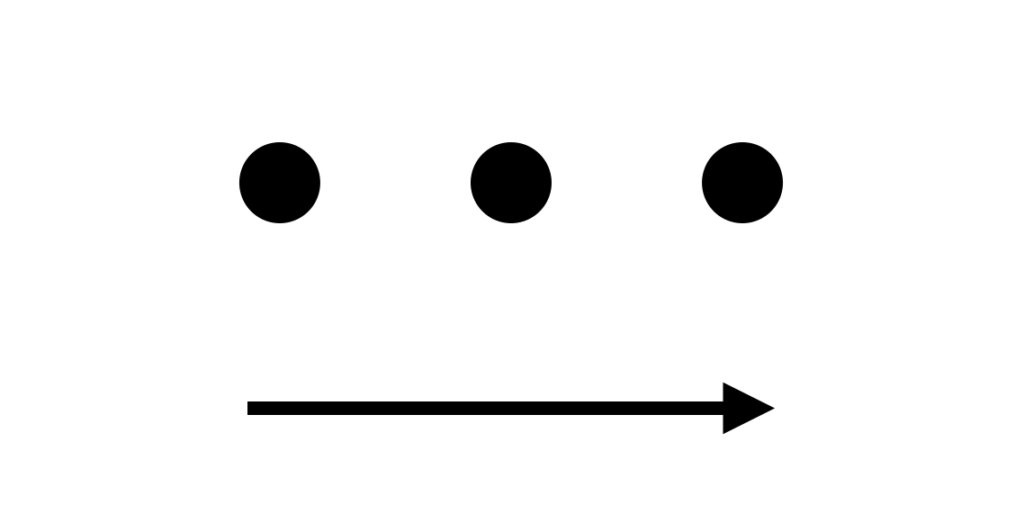
Visual #3 – Color-coded fingerprints
This is another one I created to help my students. They know to start on the green square because “green means go.”
There are fingerprints that they touch each time they say a sound.
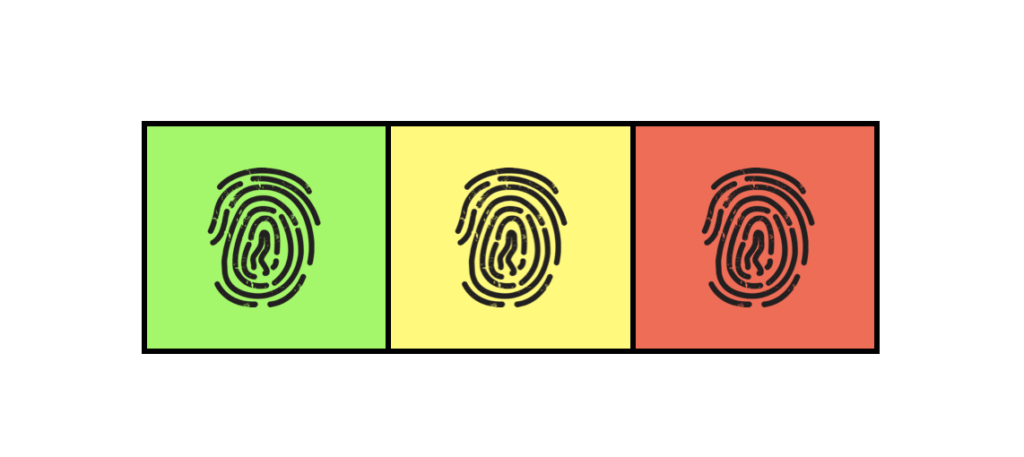
(Note: These visuals are only currently available to members of my Kindergarten Literacy Club. Members can find them in the “Intervention Central” section.)
Tip #3: Incorporate movement!
I’ve learned a few different ways to have students practice blending. The first one is ideal for Kindergarten students (or any students who don’t have great fine motor control yet).
Strategy #1 (great for 3-sound words): Have the student extend one arm. As they say one sound, they touch their shoulder with their other hand. As they say the next sound, they touch their elbow with one hand. As they say the last sound, they touch their wrist.
Like this:
/m/ (touch shoulder)
/u/ (touch elbow)
/g/ (touch wrist)
mug!
Strategy #2: Teach students to blend on the fingers of their non-dominant hand. They touch their thumb to their index finger as they say one sound, their thumb to their middle finger as they say another sound, and their thumb to their ring finger as they say another sound. (You can also involve the pinky for 4-sound words.)
See how to do it in this very basic video:
Tip #4: Leave less “space” between sounds at first.
If a child is having a tough time with blending sounds (phonological awareness), leave less “space” between sounds.
For example, instead of making the sounds in “man” choppy, like this: /m/ /a/ /n/, make it sound more like this: “mmmmaaaaannnnn.”
Of course, with some sounds (the continuous sounds – a, e, f, i, l, m, n, o, r, s, u, v, z) this is easier to do than others.
Tip #5: Start with 2 sounds rather than 3.
I tend to jump right to CVC words when having students practice blending. However, whether you’re practicing phonological awareness or actually reading words, you can always start with 2-sound words, like…
at
in
on
up
go
etc.!
Also, when you move onto 3-sound words, have them blend two sounds together first, then add the third.
Like this, for the word “fan:”
/f/ /a/ -> “fa”
/fa/ /n/ -> “fan”
Start small, and then build from there!
Conclusion
I hope the tips in this video were helpful! I do have a blending resource you might be interested in – this blending lines bundle will help students master words with many different phonics patterns including:
- CVC words
- digraphs
- blends
- glued sounds
- silent e
- r-controlled vowels
- vowel teams
- diphthongs
Check out the resource!
Happy teaching!
References
Blevins, W. (2017). A Fresh Look at Phonics, Grades K-2. Thousand Oaks, CA: Corwin.

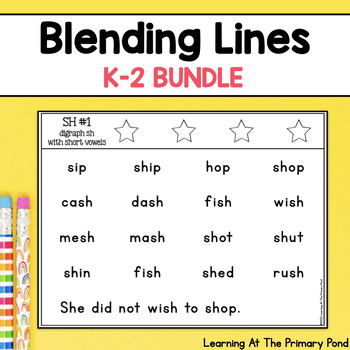
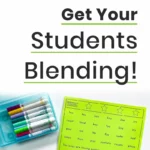

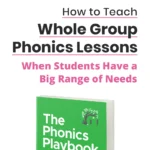


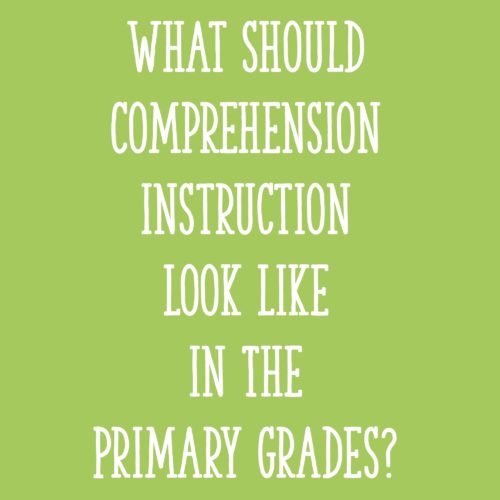






Love your ideas. I was wondering how would you do a word with a blend ie: play.
Would you separate the p and l sound or teach as one sound, touch one square or two squares one for the p and one for the l.
Hi Maggie! That’s a great question. Since PL is a blend, the individual letters retain their individual sounds. So, I would touch two different squares. The word play has three sounds /p/ /l/ /ā/.
I have a few children struggling with Blending
Wow, my toddler has trouble blending and I have been sourcing for help till I came across your post. Thanks this is really helpful
Great to hear, Faith!
love this site, I’m an early year educator from Pakistan, just came across your page and found it very helpful . Thank You!
So glad you found it!
some links in the essay do not work
Thanks for catching that! Should be fixed now 🙂
yes
Hi! Do you have any tips to help kids connect the sounds, instead of saying each individual sound when blending words? My 6 year old will say p-l-a-y and then say “play” so she is reading it, but struggles to connect the sounds while sounding out. Thank you!!
Hi Malerie! How wonderful that she’s able to read the whole word 🙂 As the words become more difficult and she encounters multisyllabic words, she’ll want to be able to connect sounds like you mentioned – so that’s great you want to focus on that!
I’d have her work on chunking where she’s putting a few sounds together or looking for word families. You could cover up half the word to have her only look at a portion and say the sounds together before revealing the rest of the word. Let me know how it goes!
I was trying to inpact something to some of my friends in the area of blending, as I came across this page I found helpn
Great!